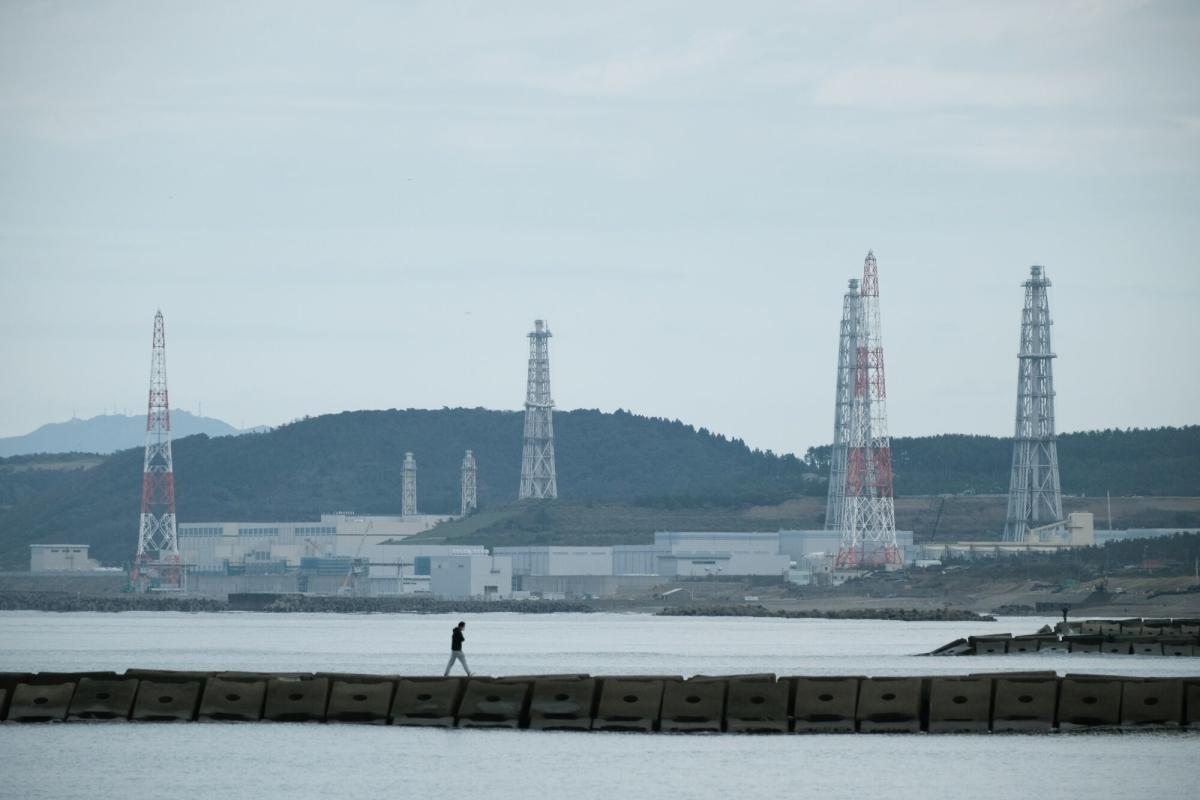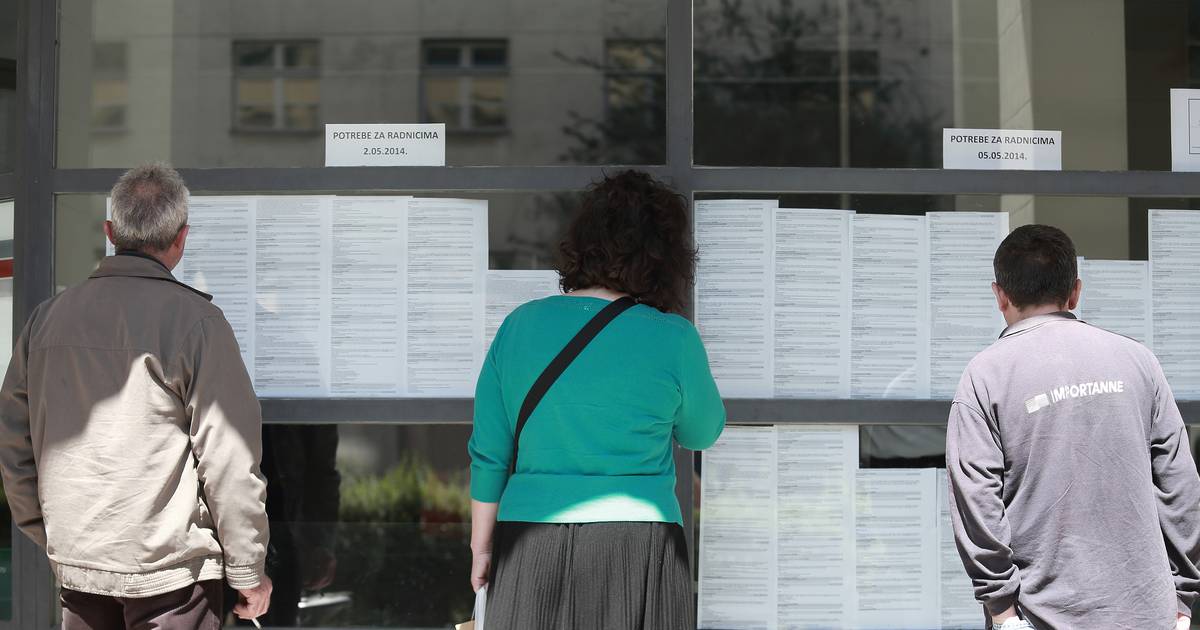Japan’s nuclear technology is set to make a comeback this year, as Tokyo Electric Power Co. (Tepco) plans to restart operations at the No. 7 unit of its Kashiwazaki Kariwa facility in October. This marks the first time Tepco will operate a nuclear reactor under new safety regulations implemented after the Fukushima Dai-Ichi meltdowns in 2011 that led to Japan halting all nuclear generation.
The restart of reactors is part of a resurgence in nuclear technology that aims to lower power costs, ensure a stable power supply, and decrease greenhouse gas emissions. Last month, Tepco received approval to load fuel into its reactor in Niigata prefecture, and the government is encouraging local authorities to grant the necessary permits for its restart. The Kashiwazaki Kariwa plant has seven units with a total capacity of about 8 gigawatts and is part of a plan to have five reactors across Japan back online by 2025.
According to BloombergNEF (BNEF), Japan would need to double its active nuclear capacity between 2025 and 2030 to meet government goals of having nuclear power make up about one-fifth of the power mix by 2030. Delays in the nuclear restart program may lead to an increase in gas generation to compensate for the shortfall in nuclear energy. Monthly average electricity prices are expected to drop by 11% in 2024 compared to the previous year, as demand remains low and the restart of nuclear plants, as well as new wind and solar generation, increase the overall power supply in Japan.
The resurgence of nuclear technology comes at a time when there is growing concern over climate change and reducing greenhouse gas emissions. Nuclear energy is seen as a viable alternative to fossil fuels due to its low carbon footprint and ability to provide reliable electricity without emitting harmful pollutants.
In conclusion, Tepco’s restart of operations at the No. 7 unit at the Kashiwazaki Kariwa facility marks an important step towards meeting Japan’s energy needs while also reducing greenhouse gas emissions. With continued investment in renewable energy sources such as wind and solar generation, Japan can continue its efforts towards achieving its goal of having nuclear power make up about one-fifth of its power mix by 2030.



